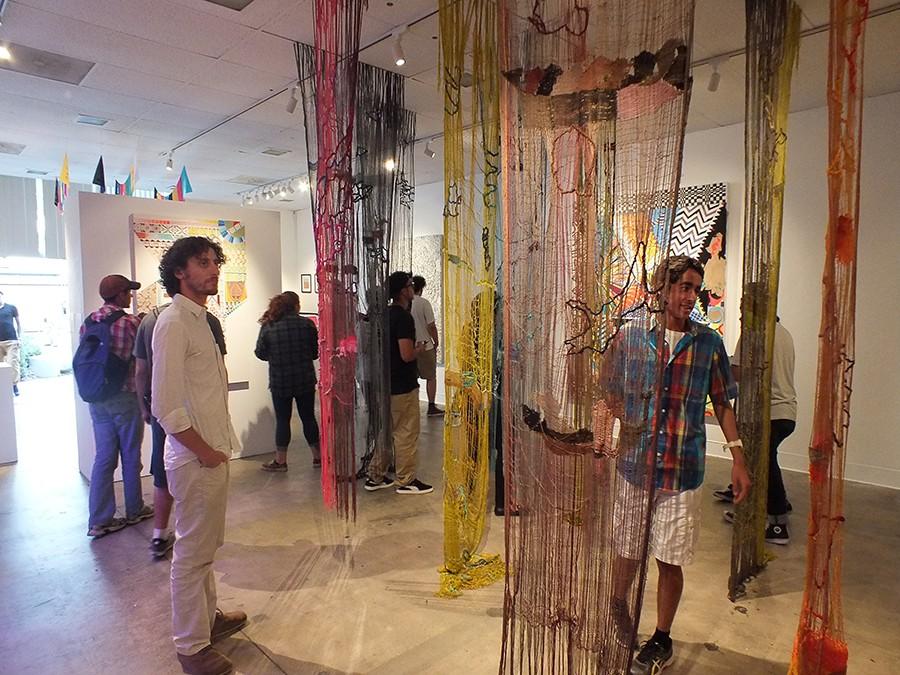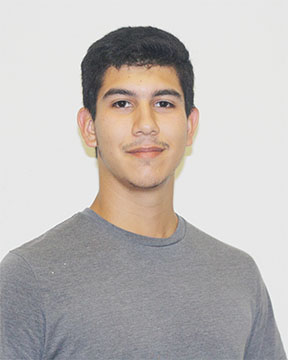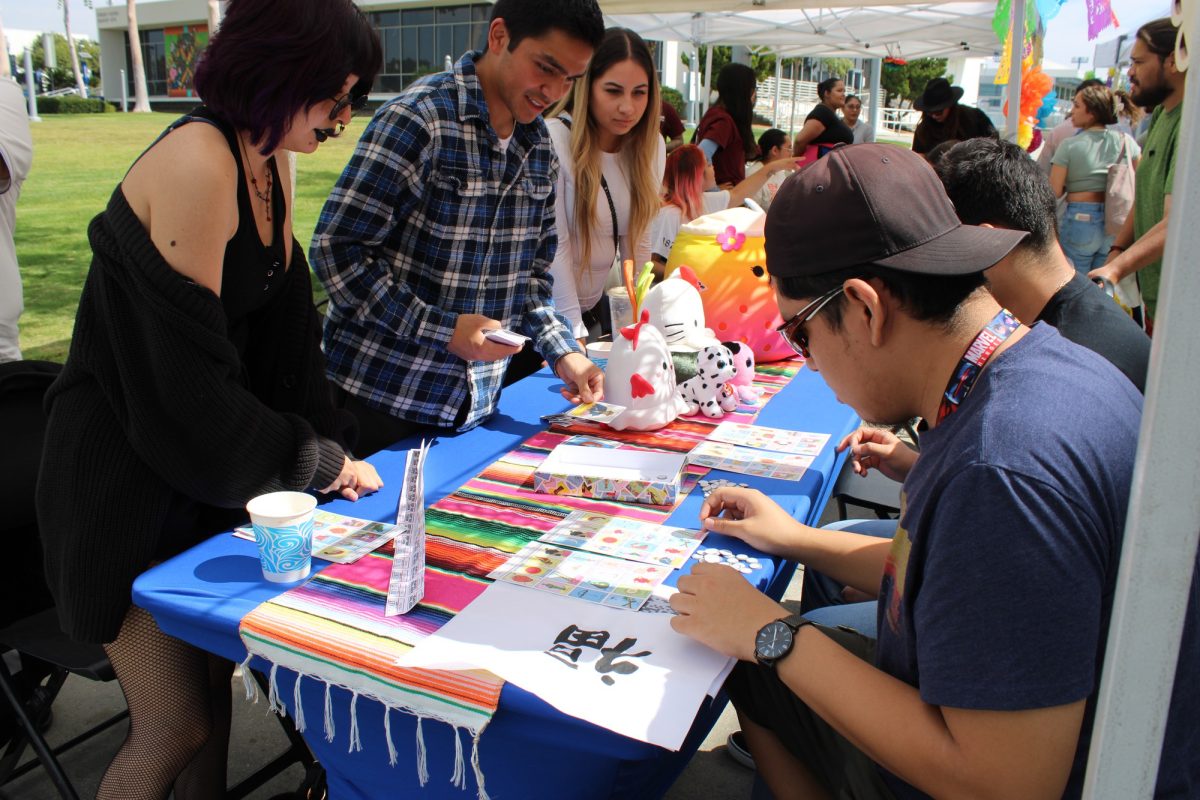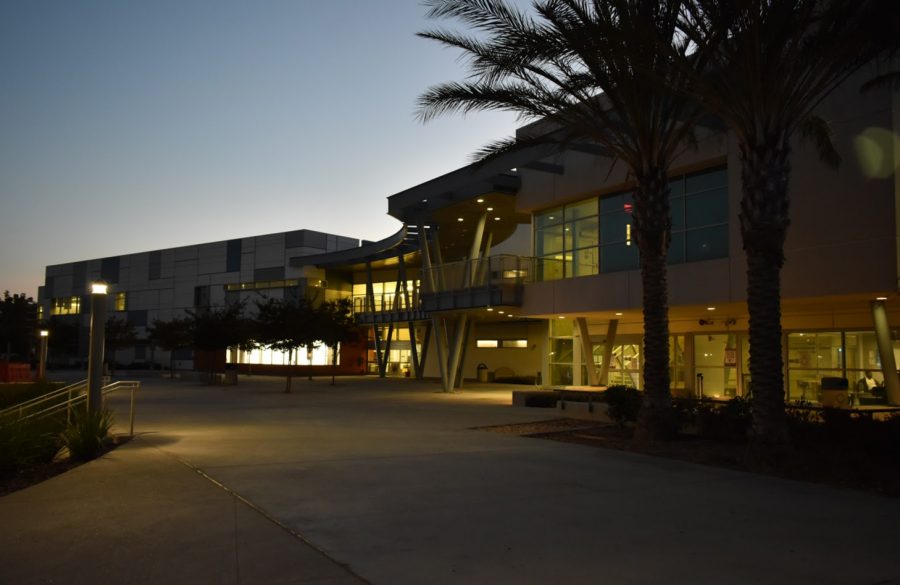As the doors open on the gallery, Director and Curator James MacDevitt welcomed students and participants alike on Tuesday Aug. 25 to witness the grand opening of “Abstracted Visions”, the first gallery event at Cerritos College this semester.
“Abstraction has been an important part of modern art for the last hundred years, generally though it is focused on the idea of visual reductions. So you would reduce things down to their essences,” said MacDevitt.
Some of the pieces focused on science and health, while others used a variety of resources, including one piece that relied on a record being played loudly in the room.
“I was interested in looking at other abstractionists that were creating these diagrams of the universe or at least the ways they understand the universe.”
One of the artists featured was Karen Lofgren, a CalArts graduate, who created a piece that hung from the ceiling made of leather from four different animals.
“They’re based on charts called Maslow’s hierarchy of needs, which at this point is very antiquated but the model for that system has been re-employed by advertisers and religious belief systems in order to promote the hierarchies of their propaganda,” Lofgren stated.
“I make a lot of different shapes of things. Some things that are inspired by different areas of research,” she continued.
“So it’s not only research into charts and that type of symbology, but also other types of history and meaning.”
Angel Perez, a graphic design major, attended the opening day event to find passion.
“I always try to keep an open mind and see the different perspectives from different people. It’s interesting.”
Perez gravitated to a piece that displayed the molecular structure of different elements, noting the mix of science and art.
Brian Bulfer, an artist featured who is working on a doctorate in art education at Columbia, also mixed science and art by creating a 3D model of an oxytocin molecule.
“Oxytocin is a molecule is a molecule that is processed in the brain in moments of social bonding and intimacy,” Bulfer explained. Heads of the religious figure Buddha represented each atom on the model, a deliberate choice by Bulfer.
“I wanted to play with this idea of statues and religious artifacts,”he said. “I was thinking about what might be the chemicals in some of the processes and phenomenon we experience when in meditation, so I kind of used it to comment on some of the beliefs we have about some of the experiences we have.
“I don’t think there really is much of a difference of what artists do in the studio and what scientists do,” he continued, noting that the mix of unknown elements to create a solution lies very close to ancient alchemy.
The mixes of science, religion and art worked in the hopes to bring more than just art majors to view the event, as Lofgren explained
“[Art] makes us human beings, it defines our species and allows us to imagine and grow. It’s one of the most fundamental things that one can do besides creating a fire.
“To lose such a fundamental aspect of what identifies our species, it just doesn’t really make sense to me to have a system that supports other structures but not the most important of them.” Lofgren said.










